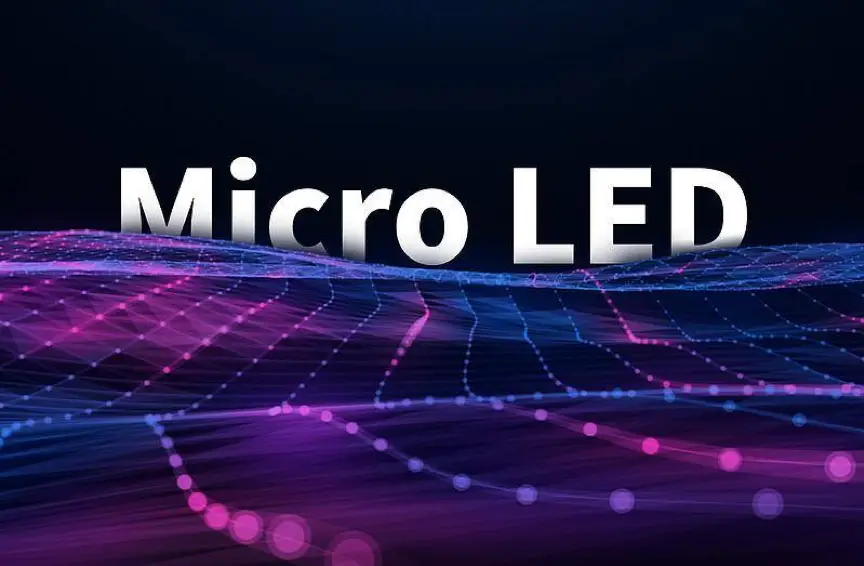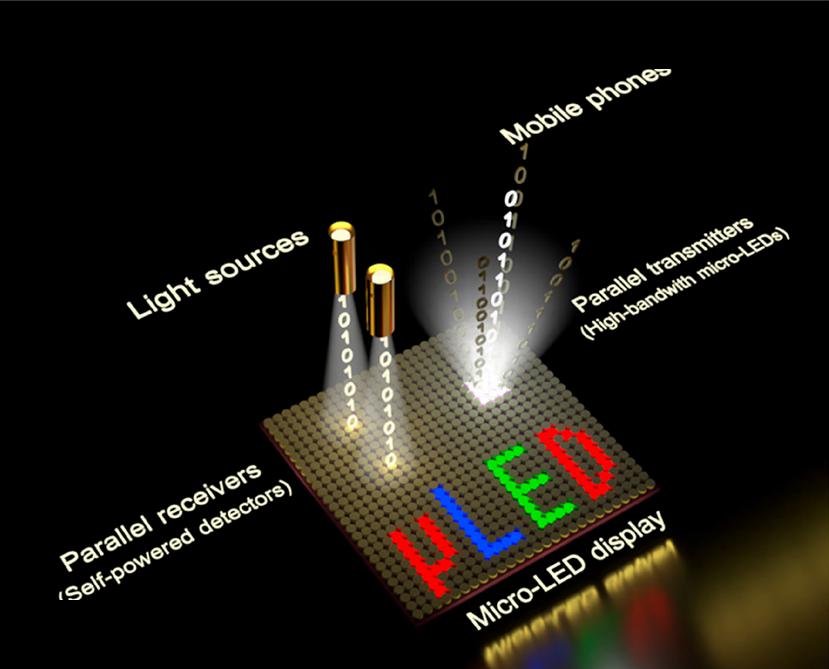As a new type of display technology, Micro LED differs from traditional LCD and OLED display solutions. Comprising millions of tiny LEDs, each LED in a Micro LED display can emit light independently, offering advantages such as high brightness, high resolution, and low power consumption.
Currently, the application scenarios for Micro LED are mainly trending toward two developments: one being commercial ultra-large screens that require ultra-high resolution, and the other being display screens for wearable devices like AR/VR that need to consume less power.
Apple has decided to put a hold on its development project for Micro LED smartwatches. Correspondingly, the related supplier ams OSRAM announced on their official website that, after learning of the unexpected cancellation of a cornerstone project in their Micro LED plan, they have decided to reassess the company's Micro LED strategy.
Significant progress has been made in the mass transfer technology of Micro LED, but it is still not mature in terms of achieving large-scale mass production, especially when it comes to improving yield and reducing costs, many challenges remain to be overcome. The limited scale of the supply chain leads to high costs for Micro LED panels, which could be 2.5 to 3 times the cost of comparably-sized OLED panels. Additionally, issues such as the mass production of Micro LED vertical chips and the driving architecture still need to be resolved.
With the increase in shipments of existing applications and the introduction of new ones, the market value of Micro LED chips is expected to approach 580 million US dollars by 2027, with an estimated compound annual growth rate of about 136% from 2022 to 2027. Regarding panels, Omdia's previous forecast data shows that by 2026, the global Micro LED panel market value is expected to reach 796 million US dollars.
Post time: Mar-15-2024



